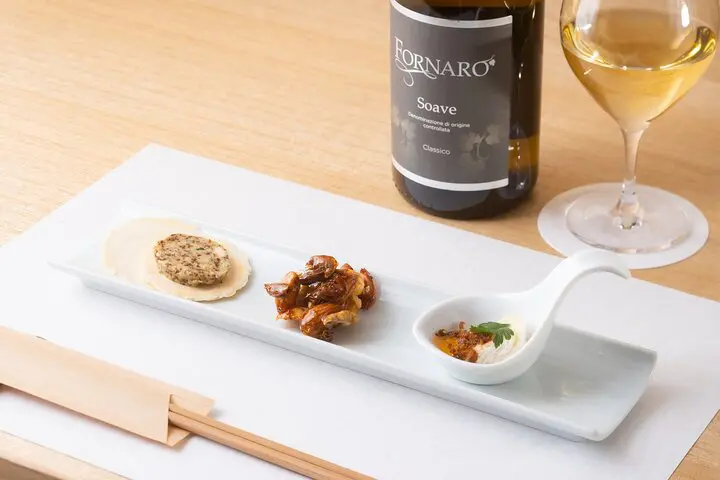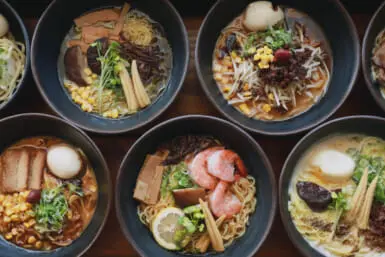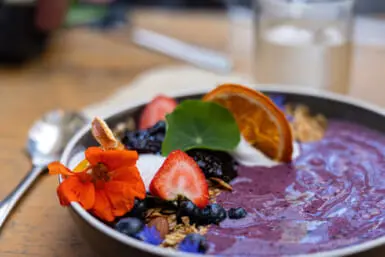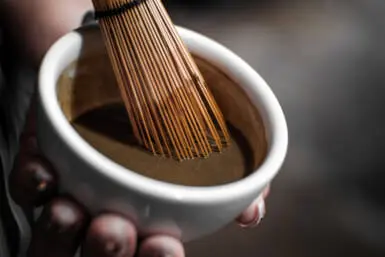A dish deeply connected with the history of Tokyo, tsukudani is a traditional Japanese food — usually featuring ingredients such as meat, seaweed, or seafood — that has been simmered in soy sauce, mirin, sugar, salt and more. Down to the years, it has predominantly been seen as an accompaniment to cooked rice that goes well with sake. However, there’s more to tsukudani than that, as one business in Japan’s capital is determined to show.
Shinbashi Tamakiya — a store with a history that dates back almost 250 years — is constantly looking to develop products that challenge the conventional image of tsukudani. In 2022, it launched a wine pairing course featuring innovative tsukudani dishes that use combinations of Japanese and European flavors. For Kyoko Tamaki, the 10th generation owner of the shop, it’s about welcoming new interpretations of the dish, while also honoring its history.
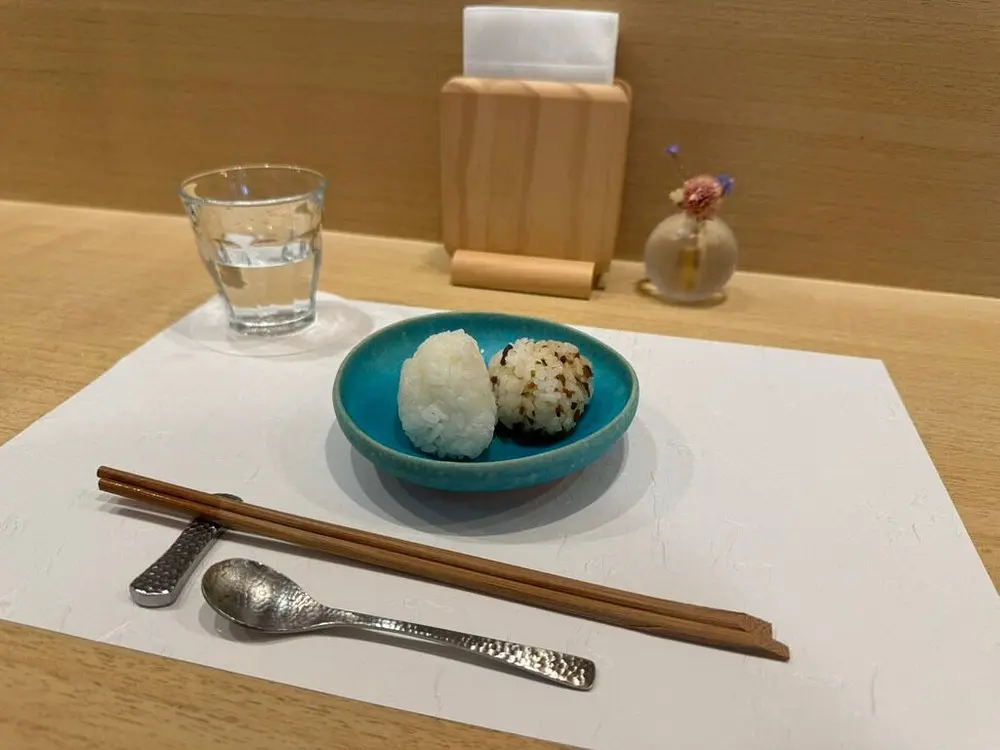
A Brief History of Tsukudani: The Food That Saved Tokugawa Ieyasu
Though usually associated with Tokyo, tsukudani actually originated in Osaka more than 400 years ago. Fishermen in Tsukuda, a village in Settsu Province — covering modern-day Osaka city, Kobe city and nearby areas — came up with a cooking method to preserve their large catches of small fish. To prevent spoilage, they simmered the fish with salt. These fishermen eventually moved to Edo (present-day Tokyo) thanks to Tokugawa Ieyasu.
Following the Honnoji Incident in 1582 — that led to the assassination of Japanese daimyo Oda Nobunaga — an ambush was also waiting for Ieyasu and his entourage. They tried to escape, but were in a perilous position as they didn’t have a boat and were obstructed by the Kanzaki River in Osaka. They had also gone a long time without eating. Fortunately for the future daimyo and his crew, Mori Magoemon, the village leader of Tsukuda, presented them with a boat and supplies of tsukudani.
Tokugawa eventually returned the favor by inviting Magoemon and his family, plus more than 30 fishermen, who also helped him, to live in Japan’s de facto capital. They were granted a special permit called gomensho, that gave them exclusive access to all fishing areas in the region and then later across all of Japan, as long as they supplied Edo Castle. Interest in tsukudani subsequently grew, and the dish soon spread nationwide. Its popularity increased further when soy sauce — produced in neighboring Chiba — was added to the dish.
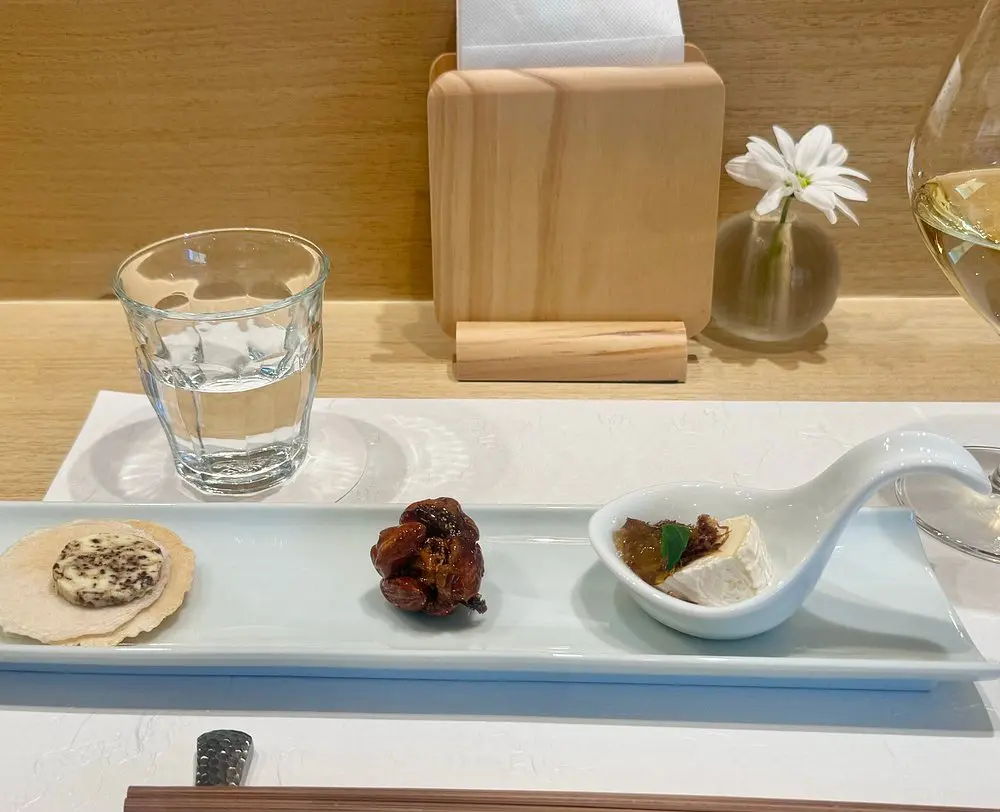
Shinbashi Tamakiya: Altering the Perception of Tsukudani
It was Shichibei, the third generation owner of the shop, who introduced tsukudani to Shinbashi Tamakiya. This proved a transformative decision. Founded by the first generation Shichibei in 1782, the store started out selling zazen mame (simmered black beans), but eventually became just as well known for its tsukudani. The product even attracted star names from overseas, such as Albert Einstein. During his visit to Japan in 1922, he reportedly became very fond of the store’s shredded kombu tsukudani.
A century on and tsukudani no longer has the appeal it once did, particularly among younger generations, who have an antiquated image of the dish. Tamaki, who took over at Shinbashi Tamakiya in 2021, is aiming to change that perception. The idea for a wine pairing course came to her during the height of the COVID-19 pandemic. “I think it’s important not to be satisfied maintaining a status quo, but to always consider new ideas and find what makes today’s customers happy,” she recently told the online magazine, Tokyo Updates.
In recent years, Shinbashi Tamakiya has developed into more than just a retail store. As well as selling goods for customers to take home, it also has a three-seat counter, where guests can enjoy various courses, including an onigiri workshop. The most popular is the tsukudani pairing course, featuring eight dishes and three kinds of wine or sake for ¥6,980. Last year, an amuse-bouche three-item set with a glass of French wine was also introduced for ¥2,420.
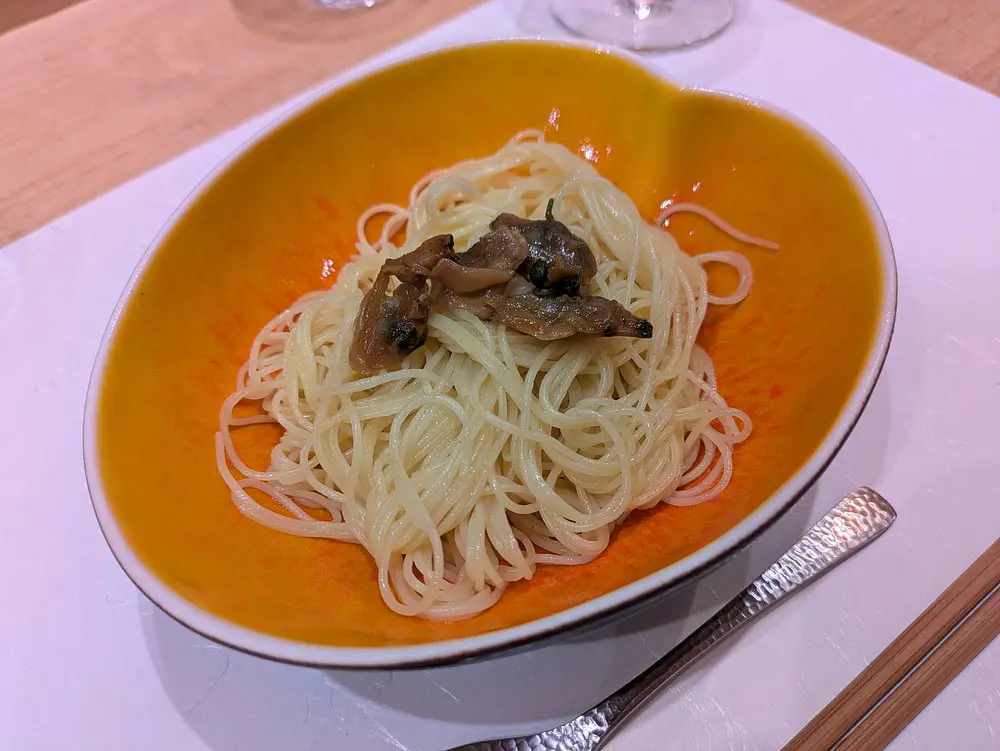
A Western Twist on a Traditional Japanese Dish
During a recent visit to the shop, I had the opportunity to sample the amuse-bouche three-item course, plus some other tsukudani-related dishes, while sitting alongside two others. Our English-speaking host asked us to first put on a happi, the tube-sleeved traditional coat that originated during the Edo period. She then poured us all a glass of Fornaro Soave Classico, a fresh and dry white wine from Veneto in Northern Italy.
The drink complemented the bite-sized hors d’œuvres wonderfully. We started with some ami butter — small ami shrimp tsukudani with lemon juice and butter — in between two crackers. This butter is one of the store’s most popular items, and it’s easy to understand why. Next up was a deliciously sweet caramelized shrimp tsukudani and nuts, followed by Camembert cheese with a semi-dried bonito condiment and apricot jam. This western twist on a traditional Japanese dish wasn’t what I was expecting when I was told I would be eating a small tsukudani course.
After the hors d’œuvres, our host tested our taste buds by asking us to guess the flavors of three of the store’s famous sauces. We then got to try some zazen mame, before moving on to vegetables that we dipped into the shop’s limited-edition Kinzanji miso. The biggest surprise of the course was the Sicilian-style capellini pasta and tsukudani clams; a combination that works very well. Despite finishing with rice balls, which are commonly associated with tsukudani, my impression of this traditional dish had completely changed.

